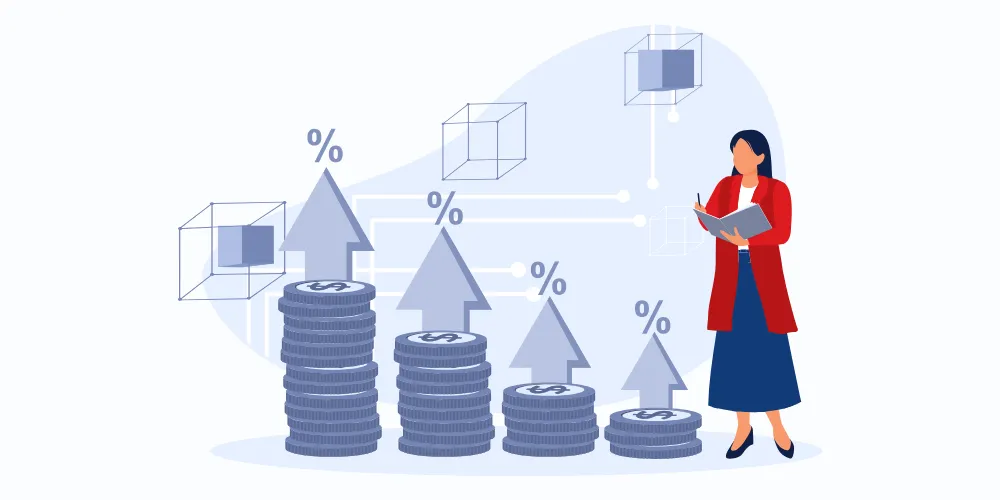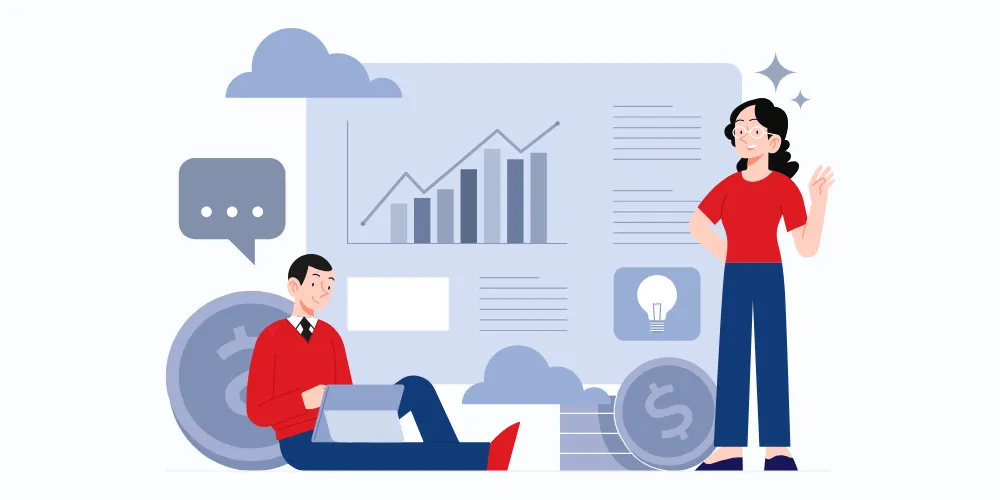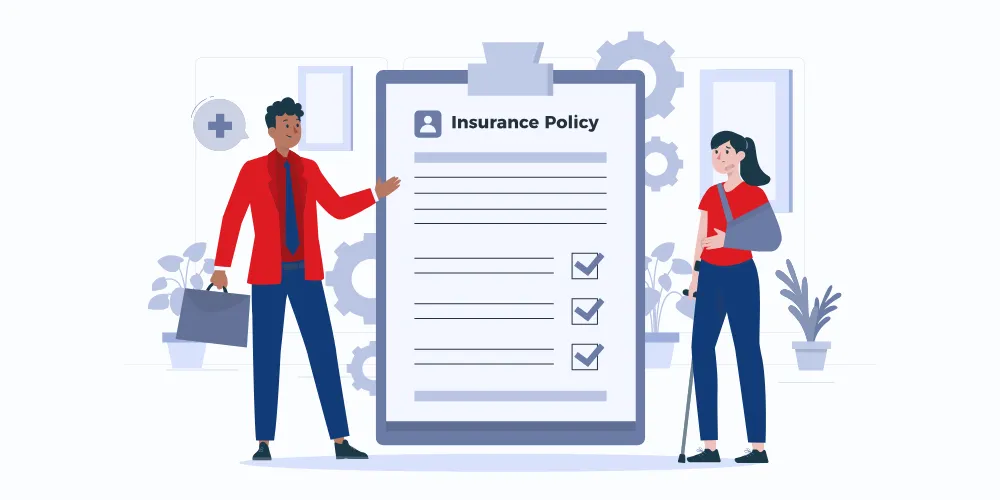Understanding Sales Pipeline and Sales Funnel Differences
- Permendra Pandey
- Apr 16, 2025
- 4 min read
- Last updated on Nov 07, 2025
Introduction to Sales Pipeline and Sales Funnel
In the world of sales, the concepts of sales pipeline and sales funnel are essential frameworks for managing and streamlining sales efforts. While these terms are sometimes used interchangeably, they represent different components of the sales process. Understanding their differences is crucial for optimizing sales strategies. A sales funnel template plays a significant role in visualizing and managing these concepts effectively.
Defining Sales Pipeline
A sales pipeline is a visual representation of where prospective buyers are in the sales process. It is typically organized into stages that reflect a buyer's journey from initial contact to deal closure. These stages often include lead generation, qualification, proposal, negotiation, and, finally, the sale. For a sales team, the sales pipeline is invaluable, providing a clear overview of opportunities and enabling better forecasting and resource allocation. By tracking potential customers through the pipeline, teams can identify where they are succeeding and where improvements are needed.
Breaking Down the Sales Funnel
The sales funnel focuses on the buyer's journey rather than the seller's process. It is called a "funnel" because it illustrates how prospects are narrowed down at each stage, from awareness of a product or service to becoming interested, making a decision, and eventually purchasing. A sales funnel template is instrumental in designing this buyer journey, ensuring each stage is clear and actionable. From raising awareness at the top of the funnel to encouraging purchase and loyalty at the bottom, each stage requires specific strategies and tactics to move prospects closer to a sale.
Sales Pipeline vs Sales Funnel
To understand the differences between the sales funnel and the pipeline, it’s essential to analyze each framework's intended use. The sales pipeline offers a high-level overview of the sales process from a seller's perspective. It concerns sales-oriented actions and metrics. On the flip side, the sales funnel provides insights from the buyer's viewpoint, helping businesses tailor their marketing and sales efforts to meet the prospects' needs. Both frameworks offer unique insights and are utilized differently in sales operations, yet their synergy is vital for a comprehensive sales strategy.
Marketing Funnel vs Sales Funnel
When evaluating the marketing funnel vs sales funnel, it's important to note they serve distinct purposes. The marketing funnel focuses on attracting potential customers, engaging them, and nurturing those relationships until they're ready for the sales team. It concentrates on brand awareness and lead generation. Meanwhile, the sales funnel takes over from the marketing funnel, focusing on converting potential leads into paying customers. Although they share overlapping goals, each funnel targets different stages of the customer acquisition process, underscoring the need to harmonize efforts between marketing and sales teams.
Creating Your Sales Funnel Template
Creating an effective sales funnel template entails understanding your business goals and customer journey. Start by clearly defining each stage of your funnel, ensuring that goals and metrics are specific and measurable. Tailor your template to address your audience's unique needs and your sales objectives. Incorporate tools and resources that enhance engagement and track the funnel’s performance. Consistent evaluation and refinement of your sales funnel template will ensure its continued effectiveness in achieving your business goals.
Integrating Sales Pipeline and Sales Funnel Strategies
For optimal sales operations, integrating both sales pipeline and sales funnel strategies is crucial. Align your sales pipeline management with the insights gained from your sales funnel analysis. Develop cross-functional strategies that address both seller actions and buyer journeys to enhance overall efficiency. Encourage collaboration between sales and marketing teams to bridge any gaps between the sales pipeline and funnel processes. This holistic approach can greatly improve sales results by creating a seamless transition from interest to conversion.
Conclusion
Navigating the complexities of sales requires a comprehensive understanding of both the sales pipeline and sales funnel. By integrating a well-defined sales funnel template and managing a robust sales pipeline, businesses can enhance their sales strategy, leading to improved performance and results. Remember, both frameworks provide valuable insights that should be used together for a cohesive, efficient approach to sales management.




